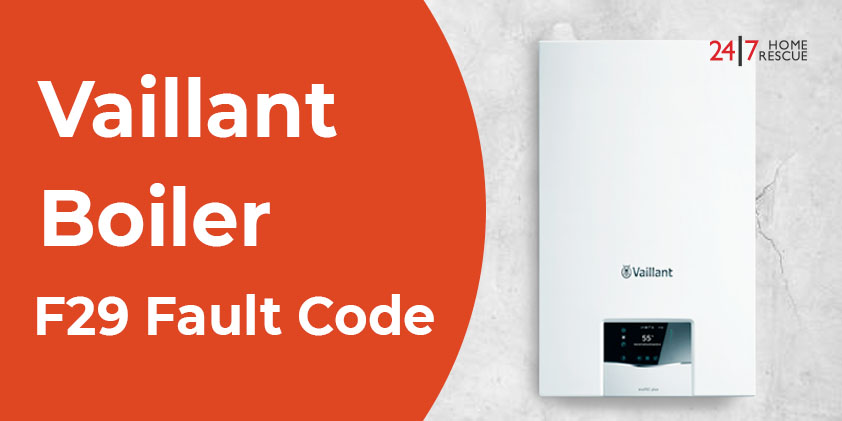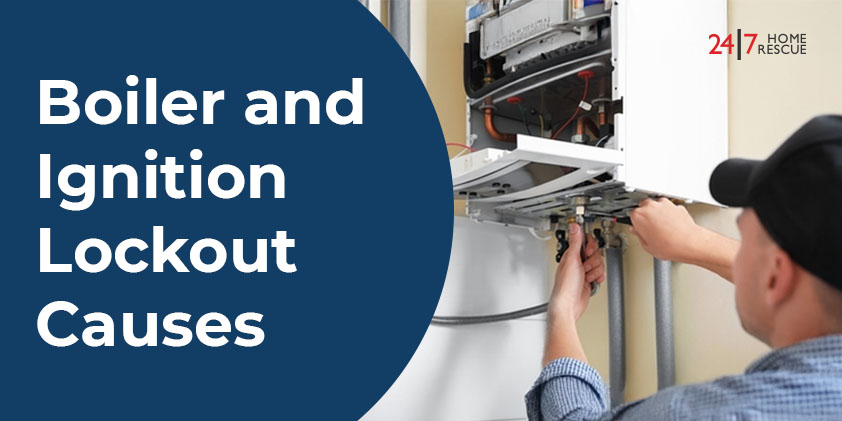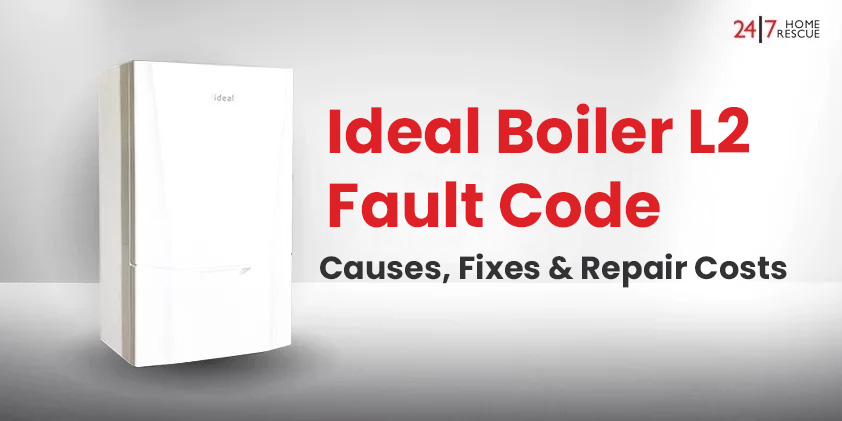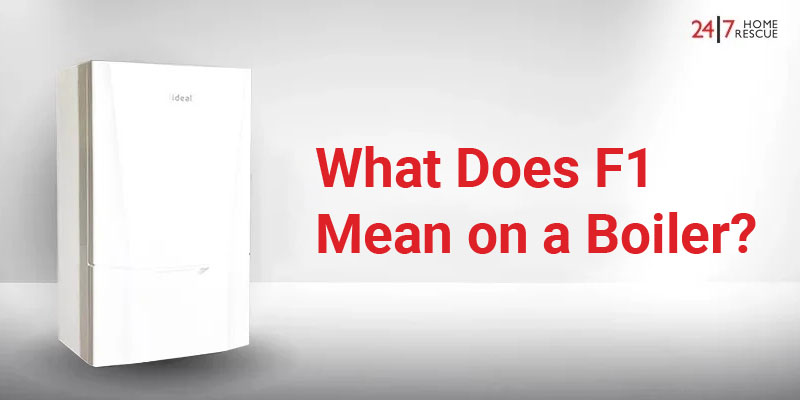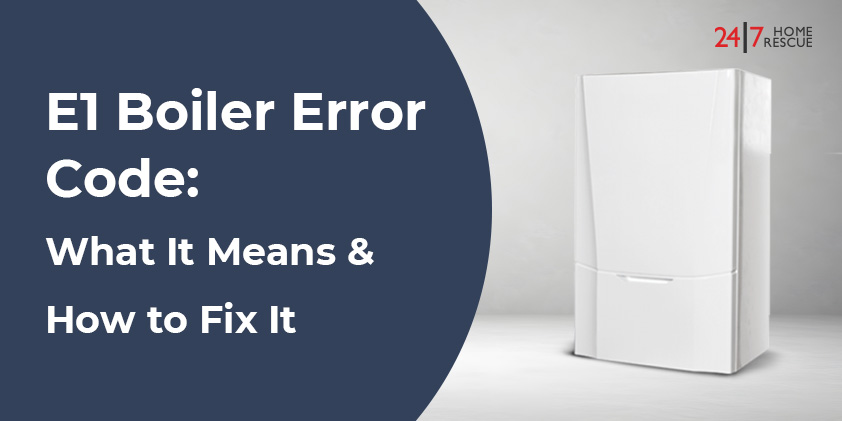
E1 Boiler Error Code: What It Means & How to Fix It
Seeing the E1 boiler error code on your display panel can be frustrating, especially during colder months when you need your heating system the most. Fortunately, the E1 fault is a common issue in many UK households and is often related to low water pressure.
In this detailed guide, we’ll explore what E1 means on different boiler brands, how to fix it yourself (safely), and when it’s time to call a professional.
Whether you’re dealing with an Ideal, Baxi, Vaillant, or Glow-worm boiler, this guide will provide solutions tailored to your needs and help you avoid future breakdowns.
What Does E1 Mean on a Boiler? Causes & Brand-Specific Meaning
The E1 error on the boiler typically signifies low water pressure in the central heating system. Your boiler operates most efficiently when the pressure is between 1.0 and 1.5 bar. If the pressure falls below this range, it will trigger a safety shutdown to prevent damage or overheating.
Related Article: Why Does My Boiler Pressure Keep Dropping?
Common Causes of the E1 Boiler Error Code
Detailed Causes of Low Pressure in Heating Systems:
1. Recent Radiator Bleeding

When radiators are bled to remove trapped air, it can inadvertently lead to a drop in system pressure. The air that is released creates more space in the system, which can lower the overall pressure. It’s essential to monitor the pressure after bleeding to ensure it remains within the recommended range, typically between 1 and 1.5 bar for most heating systems.
2. Leaking Pipes or Valves

Even minor leaks in pipes, joints, or valves can gradually lead to a substantial reduction in pressure over time. These leaks can be challenging to detect, as they may not produce noticeable water stains or drips. Regularly inspecting visible pipes and checking for damp patches can help identify these issues early. If leaks are suspected, it’s advisable to consult a professional for a thorough investigation.
3. Faulty Pressure Relief Valve
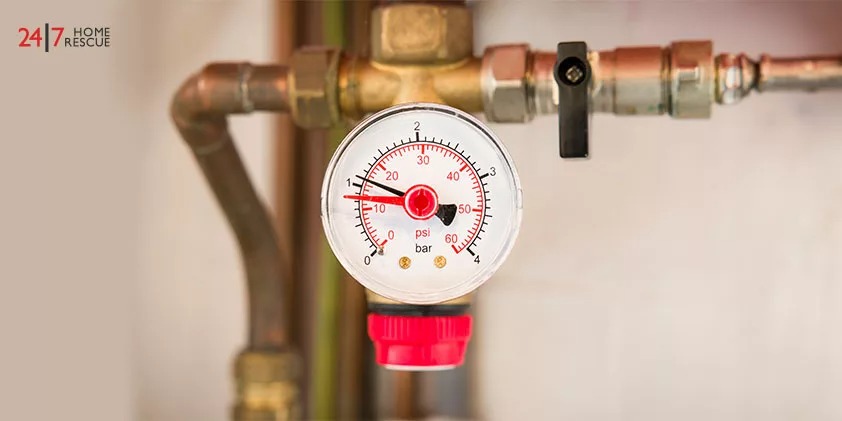
The pressure relief valve is a critical safety feature in heating systems, designed to release excess pressure and prevent damage. If this valve becomes faulty or stuck open, it can allow water to escape, resulting in unstable pressure readings. Regular maintenance and testing of the pressure relief valve can prevent these issues from arising.
4. Frozen Pipes During Winter
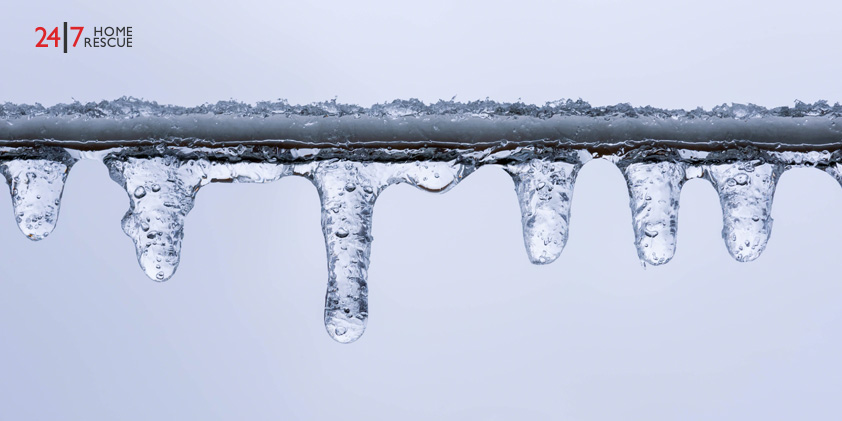
In the UK, cold winter temperatures can cause water in pipes to freeze, leading to frozen condensate pipes and increased pressure in some areas of the system. This situation can lead to ruptured pipes when the ice thaws, further complicating pressure issues. To mitigate this, it’s essential to insulate exposed pipes, maintain heating in colder areas, and allow faucets to drip slightly to prevent freezing.
Related Article: How to Defrost Frozen Condensate Pipe
5. Internal Faults or Sensor Errors

Various internal faults, such as malfunctioning pumps or sensor failures, can lead to inaccurate pressure readings or erratic pressure levels. These issues typically require the expertise of a qualified Gas Safe engineer, who can diagnose and resolve problems safely and effectively. Regular system checks and professional servicing are recommended to ensure all components function effectively and accurately.
Brand-Specific Interpretation of E1 Boiler Error Code
- Baxi: The E1 code on Baxi (including combi, system, and heat-only models) is predominantly a low water pressure fault. When system pressure drops below approximately 1 bar, the boiler initiates a safety shutdown, displaying E1 until pressure is restored via the filling loop.
- Ideal Boilers: In many Ideal models, E1 (or F1 in logic systems) generally indicates insufficient system pressure (below ~1.0 bar). In some variants, similar codes may appear if the flame detection circuit fails, particularly during an ignition attempt, signalling an ignition-related cut-out.
- Vaillant & Glow-worm: These brands most commonly use E1 to indicate ignition or pressure problems. For instance, ignition failures, such as no flame detected or low water pressure, can both trigger an E1 alarm. It’s essential to check the pressure first, then review the ignition components if the problem persists.
How to Fix E1 Fault on Boiler: Step-by-Step Guide
If you’re comfortable handling minor tasks, here are some steps to fix the E1 boiler error yourself:
Step 1: Check the Pressure Gauge

Find the boiler’s pressure dial (usually on the control panel). If it reads below 1.0 bar, your boiler won’t function properly.
Step 2: Repressurise the Boiler

- Most combi boilers have a filling loop to top up pressure.
- Locate the two small taps or valves underneath the boiler.
- Open them slowly and listen for the sound of water entering the system.
- Monitor the pressure gauge until it reaches 1.2–1.5 bar.
- Close both valves.
Tip: Never exceed 2.0 bar pressure as it can cause the pressure relief valve to discharge.
Step 3: Reset the Boiler

After restoring the correct pressure:
- Press the reset button.
- Alternatively, turn the boiler off and on using the main power switch.
Step 4: Check for Visible Leaks
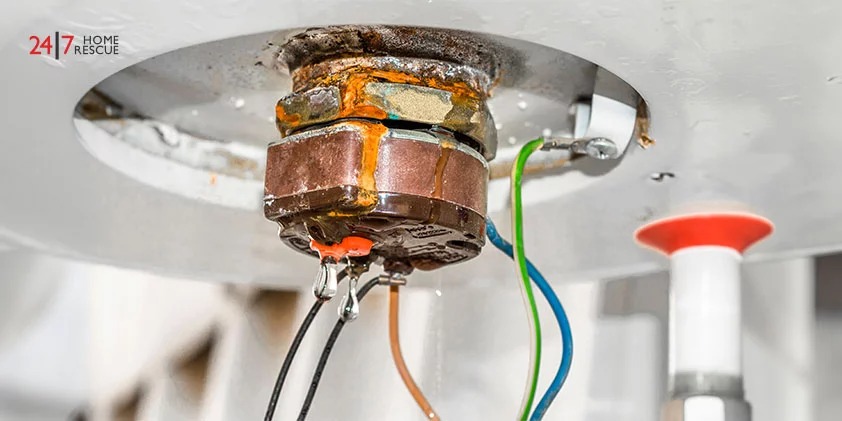
Inspect the area around your boiler, radiators, and exposed piping. Damp spots or corrosion indicate a potential leak that needs to be addressed.
Step 5: Monitor the Pressure

If the pressure drops again within a few hours or days, it’s a sign of an ongoing issue. Call a Gas Safe registered engineer to investigate further.
When to Call a Professional
While repressurising a boiler is usually simple, you should avoid DIY fixes if:
- You notice persistent pressure drops.
- The boiler won’t reset after topping up pressure.
- Error codes appear alongside E1 (e.g., F22, F75).
- You suspect electrical or ignition faults.
A Gas Safe engineer can test pressure sensors, repair valves, and identify hidden leaks safely and effectively.
For ongoing protection, consider investing in boiler cover to reduce the cost of emergency repairs.
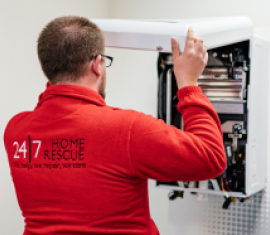
Boiler Insurance You Can Trust
Get boiler breakdown and landlord cover including free annual boiler service.
Choose your policy type
How to Prevent the E1 Boiler Fault
Prevention is key to avoiding boiler breakdowns, especially in winter. Here are some expert tips:
Schedule Annual Boiler Servicing
Regular servicing can detect low-pressure trends and prevent faults before they happen.
Insulate Pipes
Use lagging to prevent external pipes from freezing in cold weather.
Don’t Bleed Radiators Excessively
Bleeding releases air but also reduces system pressure. Do it only when necessary.
Monitor Pressure Weekly
During winter, check your boiler pressure once a week to ensure it remains within the recommended range. Top up if it nears 1.0 bar.
Fix Leaks Promptly
Even slow drips can cause recurring E1 error codes. Report issues as soon as possible.
Install a Magnetic Filter
This helps reduce sludge build-up, which can impact pressure sensors and flow.
Related Error Codes You Should Know
Many boiler fault codes are associated with system pressure, ignition, or sensor errors — similar to the E1 error. Below is a detailed table outlining the most commonly related codes across popular UK boiler brands:
| Fault Code | Boiler Brand | Possible Meaning | Relation to E1 |
|---|---|---|---|
| E119 | Ideal | Low system water pressure (below 1 bar) | Technically an extension of the E1 fault, directly tied to pressure drops. |
| E118 | Ideal | Extremely low water pressure | Another variant of the E1 pressure warning. |
| F22 | Vaillant | Dry fire, low water pressure or circulation fault | Equivalent to E1 in Vaillant models. |
| F75 | Vaillant | Faulty pump or pressure sensor | Often confused with E1 due to similar symptoms (system appears empty). |
| F1 | Baxi | Low pressure or ignition failure | Frequently triggered before or after an E1 code. |
| E168 | Ideal | Communication error between PCB and sensor | May appear after resolving an E1 without system reset. |
| E133 | Ideal | Ignition lockout, no flame detected | While not a pressure fault, this is often confused with E1 due to simultaneous ignition issues. |
| E1 33 | Logic / Ideal | Gas supply issue (e.g. frozen condensate, gas valve issue) | May appear together with pressure errors, leading to confusing diagnoses. |
Professional Tip:
If you’re seeing both E1 and E133 (or similar combinations), check both gas supply and system pressure before restarting your boiler. A frozen condensate pipe, faulty ignition, or airlock can cause dual errors.
Make sure to bookmark these guides if you want to be boiler fault-ready all year round.
E1 Boiler Error Code: Final Thoughts
The E1 boiler error code is one of the most frequent and preventable faults in UK homes. It’s usually tied to low water pressure, which can be topped up manually using the filling loop. However, recurring E1 faults may indicate more serious issues, such as leaks or component failure.
Taking early action is crucial. Check your pressure regularly, service your boiler annually, and insulate your pipes to stay protected in the colder months. Still unsure or dealing with multiple errors? Don’t wait! Get peace of mind with our boiler cover today!

